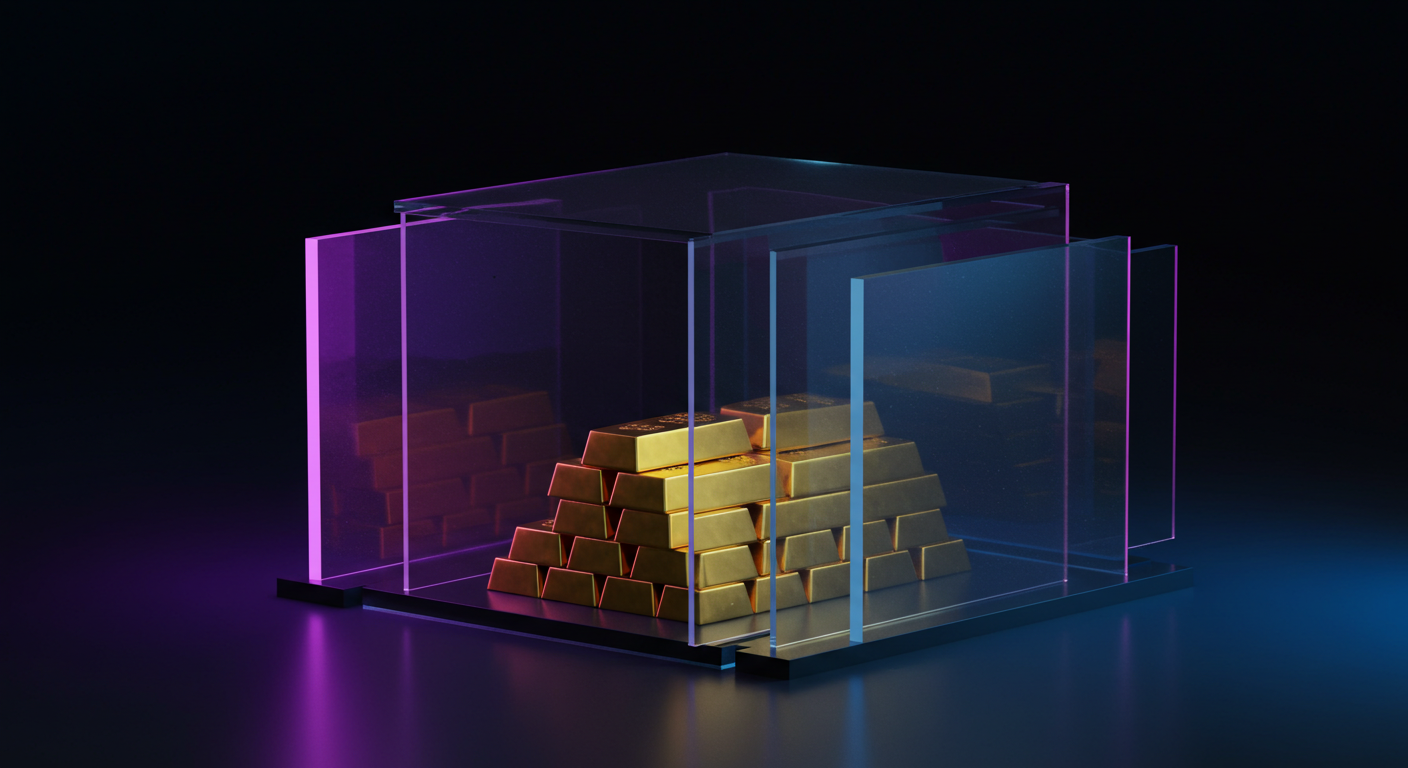
The United States has obtained intelligence suggesting Israel may be preparing to strike Iranian nuclear sites. It remains unclear if Israeli leaders have made a definitive decision, and debates within the US administration continue on potential outcomes.
At the current moment, Gold is trading 0.06% higher, reaching $3,290. In financial terms, “risk-on” and “risk-off” describe market attitudes towards risk, affecting asset purchases.
Understanding Market Dynamics
In “risk-on” markets, stocks and commodities typically rise, except for Gold. Major commodity-exporting currencies see strength, benefiting from future economic growth.
During “risk-off” periods, Bonds, Gold, and safe-haven currencies like the Yen, Franc, and Dollar appreciate. The US Dollar remains a global reserve currency, favoured in crises.
The Australian, Canadian, and New Zealand Dollars, along with the Ruble and Rand, rise in “risk-on” environments. These currencies depend on commodities, which gain value with economic activity.
In “risk-off” phases, the US Dollar, Japanese Yen, and Swiss Franc usually strengthen. The Dollar’s reserve status, domestic holding of Japanese bonds, and Swiss banking laws offer safety.
Market Reactions and Strategies
Engaging in any market carries risks, including potential financial loss. Conduct thorough research before making investment decisions, considering potential uncertainties and risks.
The suggestion that Israel may be thinking about targeting Iranian nuclear infrastructure has injected a degree of uncertainty into global markets. While it is unknown whether a decision has been locked in, certain circles in Washington are said to be weighing the possible fallout, both geopolitical and economic. This is something we cannot afford to ignore. Markets do not respond calmly to threats involving military escalation, particularly if the Middle East is involved, given its direct and indirect influence on crude oil prices and overall sentiment.
Right now, Gold is only marginally above flat, sitting just over $3,290. That minor uptick might seem inconsequential on the surface, but it’s often how safe-haven assets behave when tensions are brewing but not yet boiling. If the cloud of military action thickens, we wouldn’t be surprised to see flows shift from equities and commodity-linked currencies toward safe havens.
Interpreting this from a sentiment standpoint, we’re hovering near the boundary between “risk-on” and “risk-off” conditions. The former traditionally fuels momentum in stocks, industrial metals, and growth-sensitive currencies. In contrast, the latter favours defensive trades—government bonds, Gold, and currencies that traders reach for when trying to avoid turbulence, particularly the US Dollar, Japanese Yen, and Swiss Franc.
One has to note that commodity-based currencies such as the Australian and Canadian Dollars tend to respond positively when traders position for expansion and increased demand. However, if geopolitical risk casts a long shadow, these assets could experience outflows. That pattern plays out again and again whenever concerns about supply disruptions or political instability emerge unexpectedly.
The US Dollar, by virtue of its dominance in global reserves and liquidity, becomes the epicentre of buying during unsettled periods. Meanwhile, the Yen benefits due to the large scale of domestic holdings of Japanese debt, which reduces the currency’s dependence on foreign capital. The Franc, on the other hand, continues to draw attention due to strict Swiss legal frameworks, often interpreted as a bulwark in times of international strain.
With these dynamics building, it’s essential for anyone dealing in derivatives to look a step ahead and start factoring in volatility before it arrives. Thin moves in underlying assets today might become pronounced dislocations tomorrow. Continue to monitor how traders react to any firm signals from Tel Aviv or Washington, but don’t wait for headlines to adjust exposure. We need to interpret risk not as a binary state, but as a motion—moving in degrees, not switches.
Lastly, it goes without saying that markets do not reward late reactions. Traders ought to be nimble, rely on forward-looking measures, and stress-test positions for exposure to both energy-sensitive sectors and G10 currency pairs particularly vulnerable to headlines tied to the Gulf or Israel. Events may surprise, but preparation should not.







